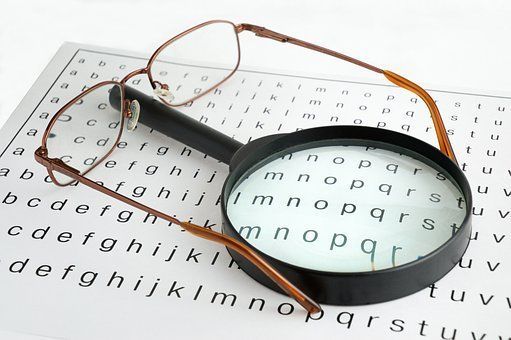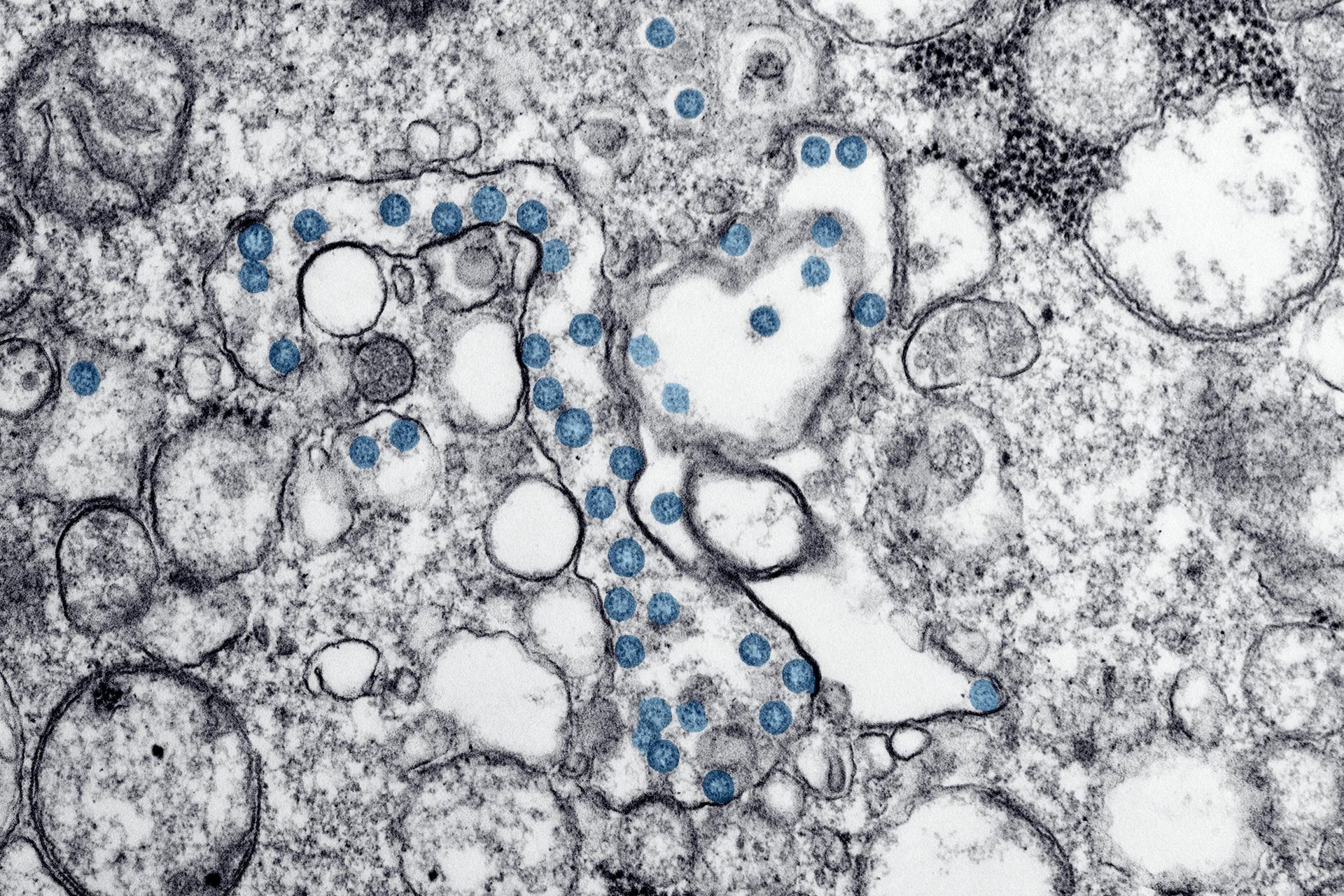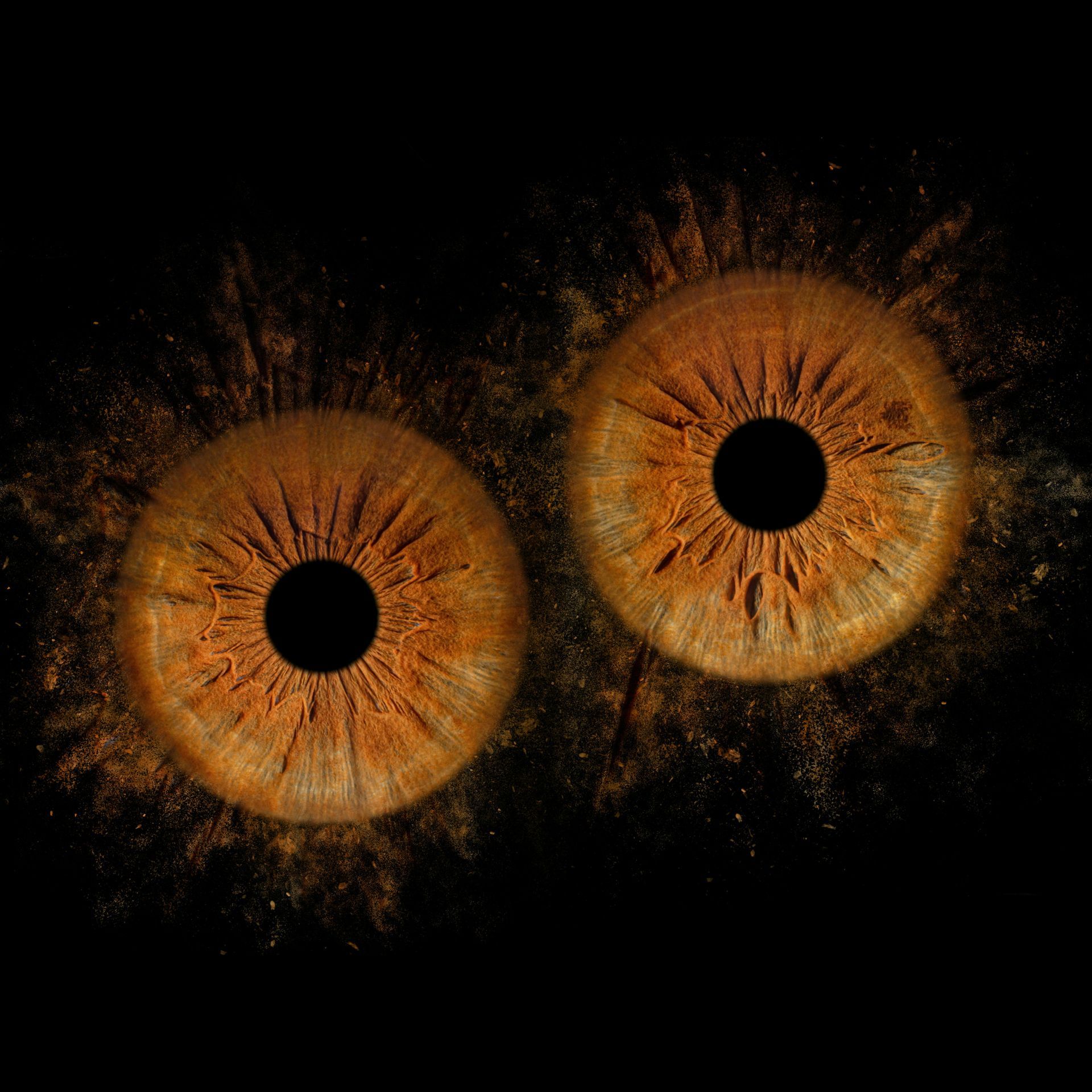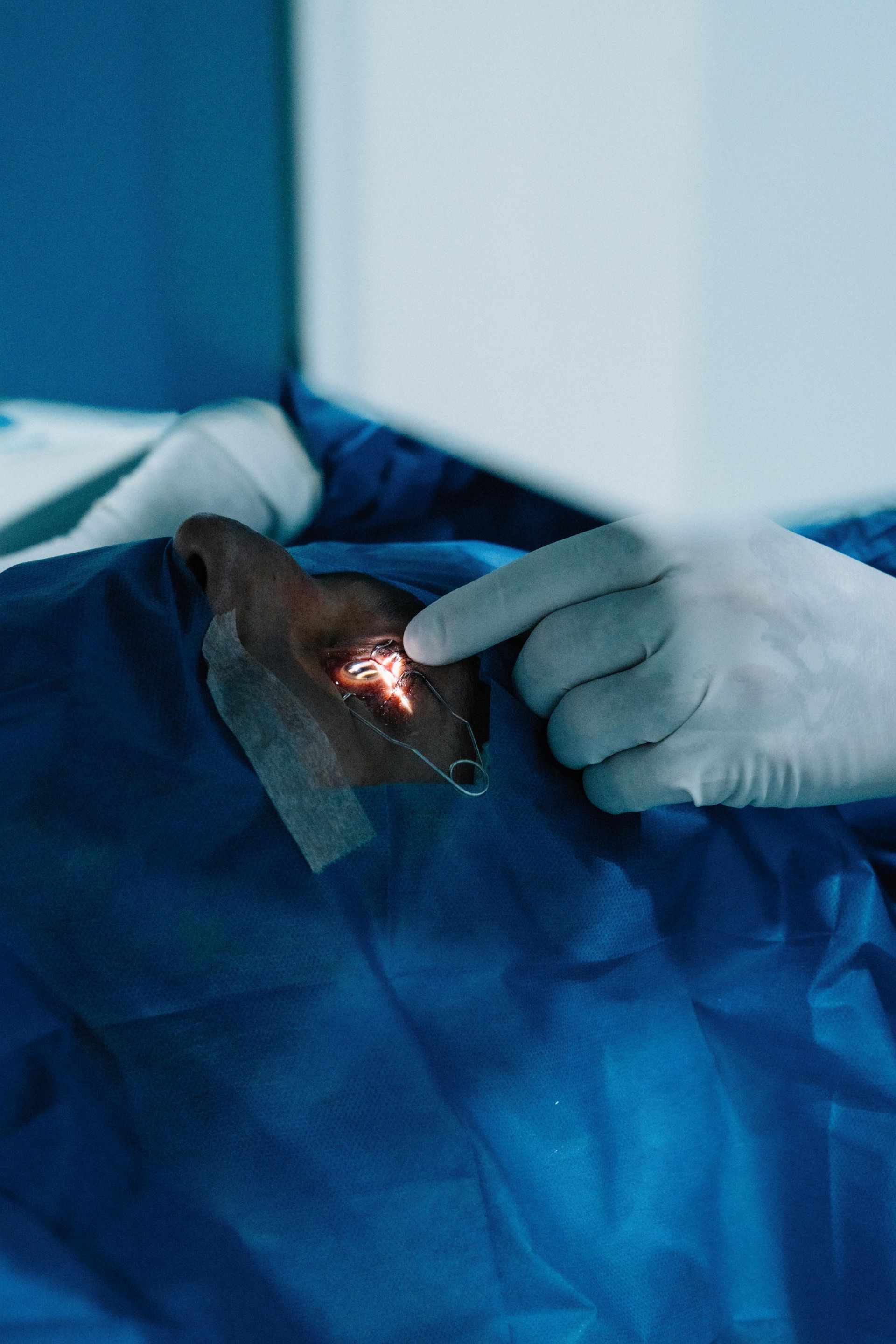the good doctor on: Blindness and Low Vision

Blog #38 - A sobering start to the week:
Mrs. Smith left a message with my staff, stating that she was blind and should she still keep her March appointment with our office?
This note was on my desk Monday morning. As optometrists, we strive every day and with every patient to prevent vision loss. Mrs.Smith’s note had two effects on me: first, sadness that one of my own patients was now “blind” and then, asking myself how I could be an encouragement to her.
Blindness vs Low Vision
The word blindness has a range of meanings. It can mean total darkness with no light perception or it can mean visual impairment with some residual vision. Fortunately, very few people have complete loss of vision, most have some degree of functional vision.
The patient with residual vision can benefit from what is called a Low Vision assessment, where the optometrist, through a series of more functional tests, measures what vision is remaining, and then working with the patient’s goals and expectations, helps them to use what vision they do have in daily or vocational tasks. We call this process sight enhancement, and it involves working together with social workers, vision rehabilitation workers, orientation and mobility workers, and wonderful organizations like the CNIB (Canadian National Institute for the Blind).
This is very demanding work, but very rewarding. The patient has to work through their change in life, the results of their vision loss. The clinician must be very attentive to where the patient is at in the continuum of loss and walk alongside them as they achieve recovery.
A Little History
In 1990-91 I completed a Low Vision residency at the Centre for Sight Enhancement at the University of Waterloo, setting myself up for working with the visually impaired. At the time, it appeared that the incidence of macular degeneration (ARMD), a leading cause of vision loss and consequently blindness, was on the rise. I spent the better part of the 90’s going to Nursing Homes and working Low Vision Clinics at the CNIB, primarily the Hamilton CNIB.
And now…
Fortunately, with advancements in both treatments and preventions, such as daily use of anti-oxidants, treatment with Visudyne, and now treatment with anti-VGEF drugs, there have been a lot less cases than predicted. But there are still some patients with dry ARMD (not so easily treated) who need our assistance, and then there are those with glaucoma.
Mrs. Smith had glaucoma, a very difficult variant that was hard to treat. She has little to no vision now, yet she should still show up at our office as we can look at the entire health of the eye, still check her pressures, and check to see if she is getting all the help she needs from the CNIB.
Til Next Week
The Good Doctor, Dr. Mark Germain, Burlington Optometrist






